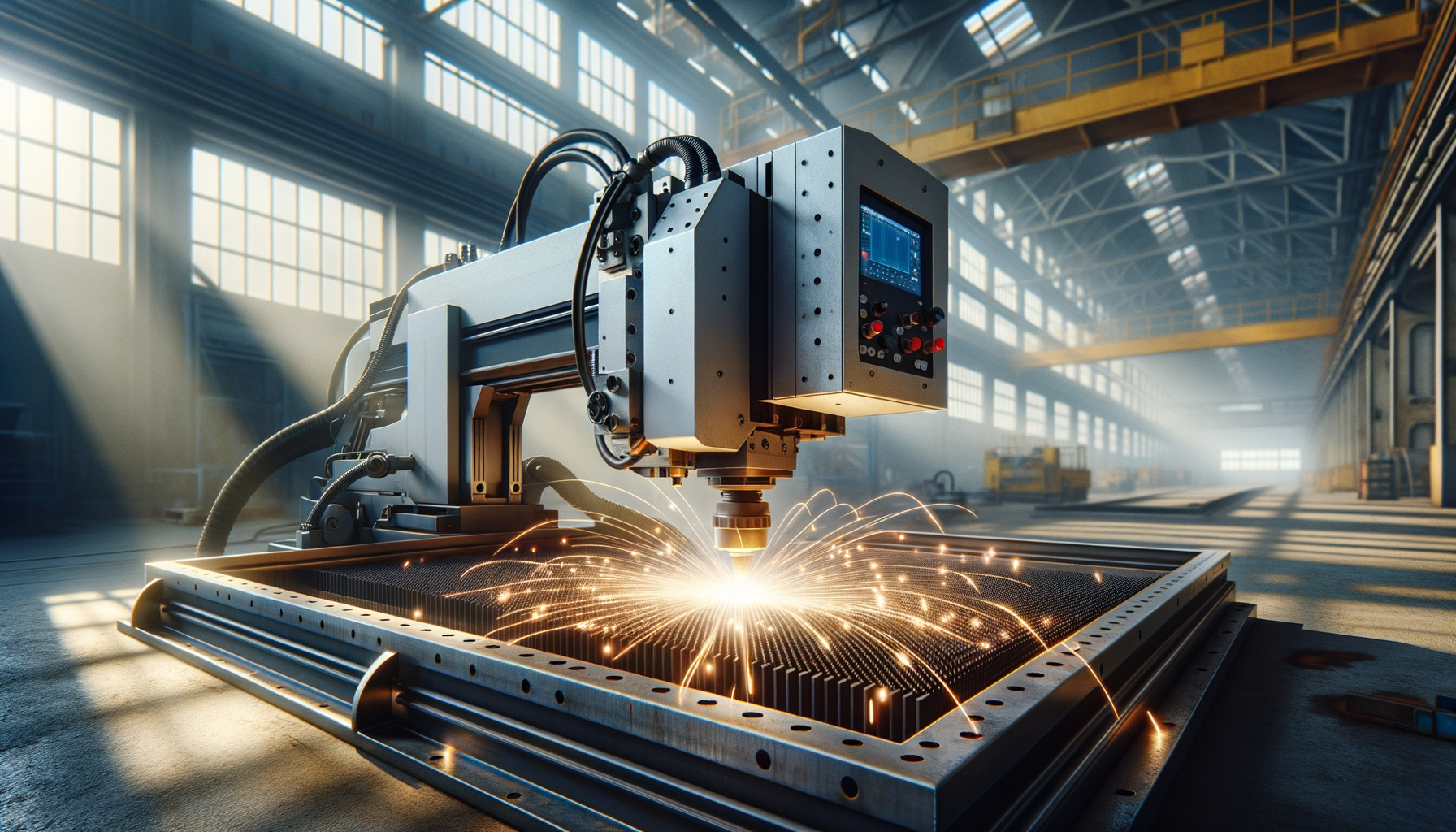
How to Transform Any Space with Durable Epoxy Flooring
Introduction to Epoxy Flooring
Epoxy flooring has become an increasingly popular choice for both residential and commercial spaces. Its durability and aesthetic appeal make it a viable option for anyone looking to revamp their floors. This flooring solution is not only robust but also versatile, offering a wide array of finishes and colors to suit various design preferences. In this article, we delve into the various aspects of epoxy flooring, highlighting its benefits, application process, and maintenance requirements.
Benefits of Epoxy Flooring
Epoxy flooring offers numerous advantages that make it ideal for different settings. One of the most notable benefits is its exceptional durability. Once applied, epoxy forms a hard, resilient surface that can withstand heavy traffic and impact. This makes it perfect for industrial environments, garages, and even kitchens.
Another significant advantage is its resistance to chemicals and stains. Unlike other flooring options that may easily absorb spills, epoxy creates a non-porous surface that resists stains and is easy to clean. This feature is particularly beneficial in settings like laboratories or workshops where chemical spills are common.
Additionally, epoxy flooring is customizable. It can be tailored to meet specific aesthetic preferences, with options ranging from metallic finishes to decorative color flakes. This customization allows for creative freedom, enabling homeowners and business owners to achieve unique looks that complement their spaces.
The Application Process
The process of applying epoxy flooring involves several steps that require precision and attention to detail. Initially, the existing floor surface must be prepared thoroughly. This involves cleaning and repairing any cracks or damages to ensure a smooth application. Once the surface is prepared, the epoxy is mixed and applied in layers.
It’s crucial that each layer is allowed to cure properly before the next one is applied. Depending on the specific product and environmental conditions, the curing process can take anywhere from a few hours to several days. Professional installation is often recommended to ensure the epoxy is applied evenly and to avoid common pitfalls such as bubbles or uneven surfaces.
Finally, a topcoat is applied to protect the epoxy and enhance its longevity. This topcoat adds an extra layer of protection against wear and tear, ensuring the floor maintains its luster and functionality over time.
Maintenance and Longevity
One of the key selling points of epoxy flooring is its low maintenance requirements. Regular sweeping and occasional mopping are generally sufficient to keep the floor looking pristine. Because of its smooth surface, dirt and debris do not easily adhere, making cleaning a breeze.
To prolong the life of epoxy floors, it is recommended to use soft cleaning agents and avoid harsh chemicals that could potentially damage the surface. Additionally, placing protective pads under heavy furniture can prevent scratches and dents.
With proper care, epoxy floors can last for decades without needing replacement. This longevity makes it a cost-effective flooring solution, as the initial investment can be offset by the lack of frequent repairs or replacements.
Conclusion: Is Epoxy Flooring Right for You?
Epoxy flooring offers a blend of durability, aesthetic appeal, and low maintenance, making it a suitable option for a wide range of applications. Whether you are looking to upgrade your home garage, enhance your industrial workspace, or add a modern touch to your retail shop, epoxy flooring could be the solution you need. By understanding its benefits, application process, and maintenance requirements, you can make an informed decision about whether this flooring option aligns with your needs and preferences.


